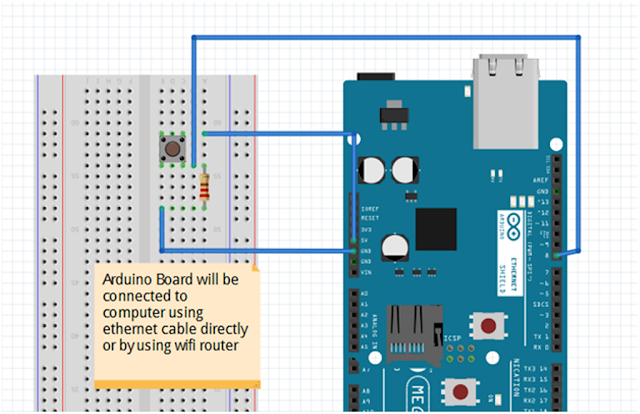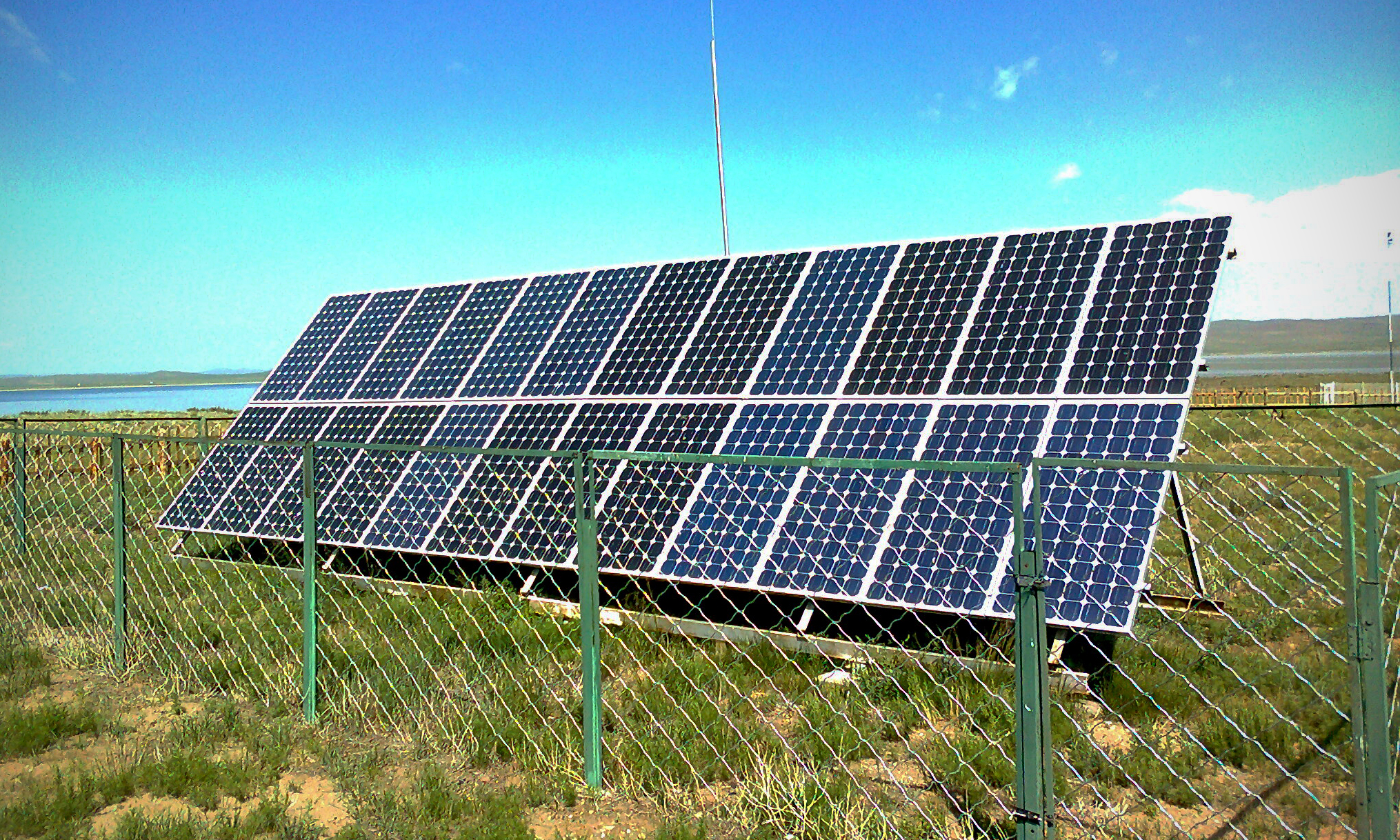In the present outline, the gadget is designed in the programmed current control mode.
White LEDs particularly require a very much dimensioned info, actually the current to these LEDs must be entirely controlled.
By interfacing its ADJ pin with the OUTPUT ensures that the current at the OUTPUT is continually checked by the ADJ terminal and is never permitted to go past the foreordained level set by the resistor.
The gadget can bolster no less than 3 amps of current through it, in this manner effortlessly gets to be good to drive 1 to 5 quantities of 1 watt LEDs, each having their own particular current constraining resistors.
The present limiting resistors can be tried different things with, presumably lesser values may be tried for increasing the luminosity levels of the LEDs, however anything under 50 Ohms ought not be attempted, in light of the fact that it may bring about a perpetual harm to the LEDs.
The data to the LM 338 IC can be from a directed DC control supply, fit for supplying 12 volts at 3 amps or more.
The IC LM 338 ought to be mounted over a heatsink for better execution.
The data diode ought to be appraised at 3 amps, so a 1N5408 turns out to be OK for the application.
In the event that the circuit is expected for working outside, the data may be taken from a 12 v battery, as from a vehicles battery.
For L = 3 Watt LED:
R = 1.8 Ohms of 2 Watt
For L = 5 Watt LED:
R = 1.05 Ohms of 4 Watt
































